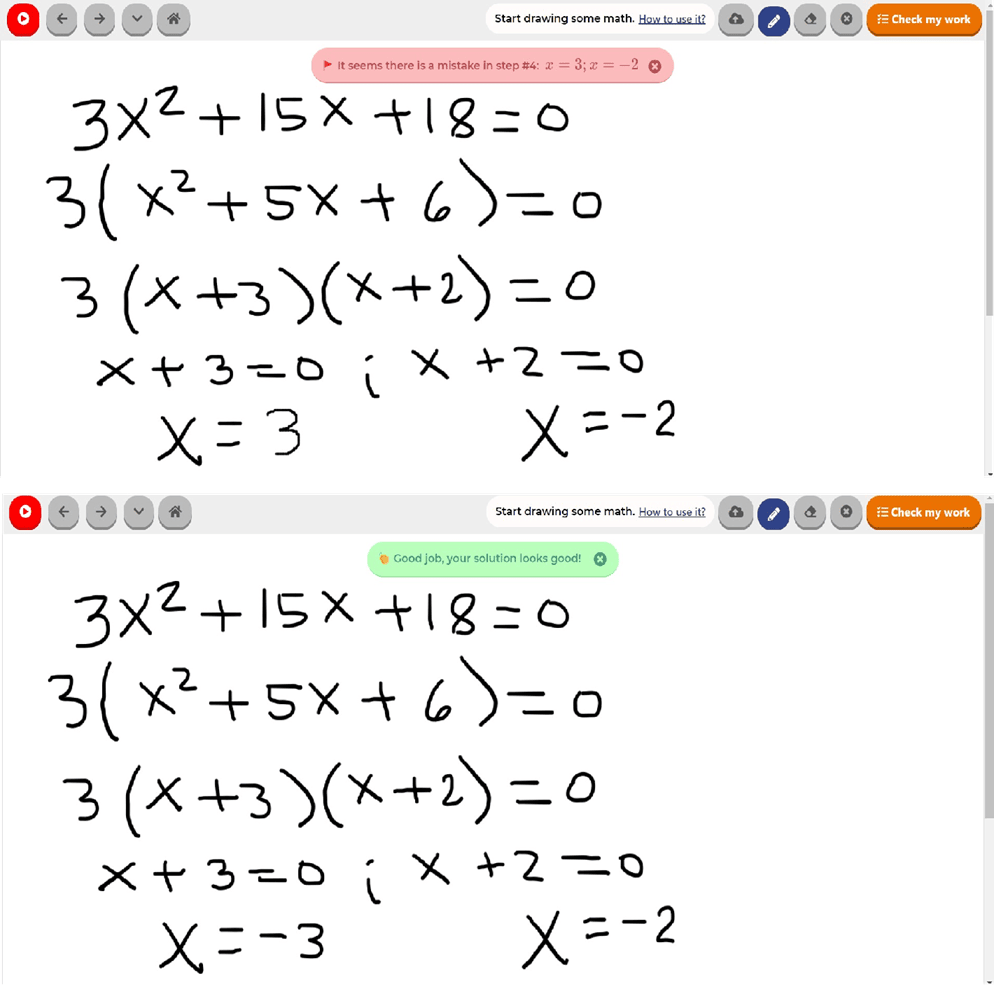Final answer to the problem
Step-by-step Solution
How should I solve this problem?
- Prove from RHS (right-hand side)
- Prove from LHS (left-hand side)
- Express everything into Sine and Cosine
- Exact Differential Equation
- Linear Differential Equation
- Separable Differential Equation
- Homogeneous Differential Equation
- Integrate by partial fractions
- Product of Binomials with Common Term
- FOIL Method
- Load more...
Starting from the right-hand side (RHS) of the identity
Applying the secant identity: $\displaystyle\sec\left(\theta\right)=\frac{1}{\cos\left(\theta\right)}$
Applying the cosecant identity: $\displaystyle\csc\left(\theta\right)=\frac{1}{\sin\left(\theta\right)}$
Multiplying fractions $\frac{1}{\cos\left(x\right)} \times \frac{1}{\sin\left(x\right)}$
Multiply $\frac{1}{\cos\left(x\right)\sin\left(x\right)}$ by $\frac{sin(x)^2+cos(x)^2}{sin(x)^2+cos(x)^2}$
Multiplying fractions $\frac{1}{\cos\left(x\right)\sin\left(x\right)} \times \frac{\sin\left(x\right)^2+\cos\left(x\right)^2}{\sin\left(x\right)^2+\cos\left(x\right)^2}$
Applying the pythagorean identity: $\sin^2\left(\theta\right)+\cos^2\left(\theta\right)=1$
Applying the pythagorean identity: $\sin^2\left(\theta\right)+\cos^2\left(\theta\right)=1$
Since we have reached the expression of our goal, we have proven the identity
